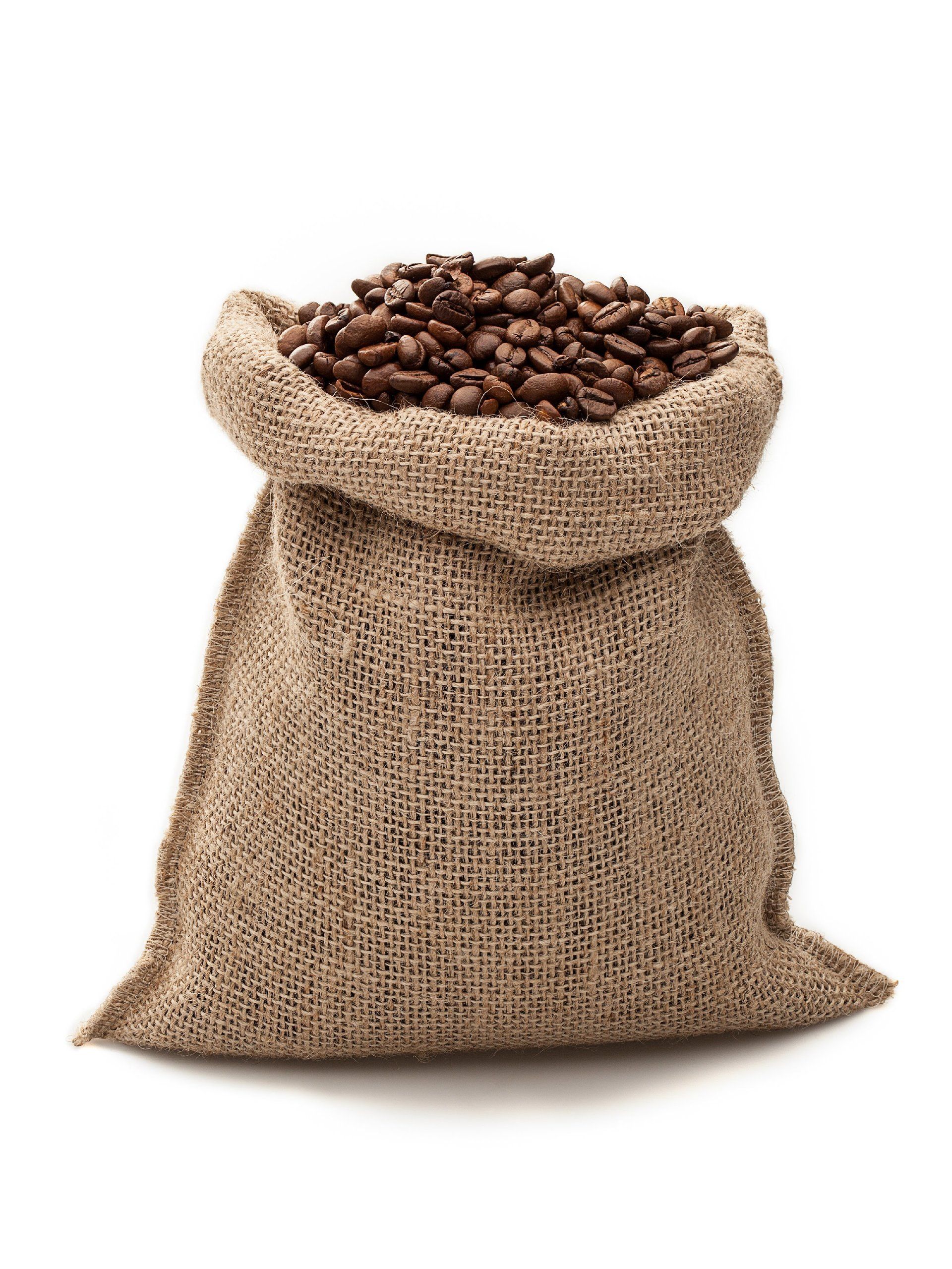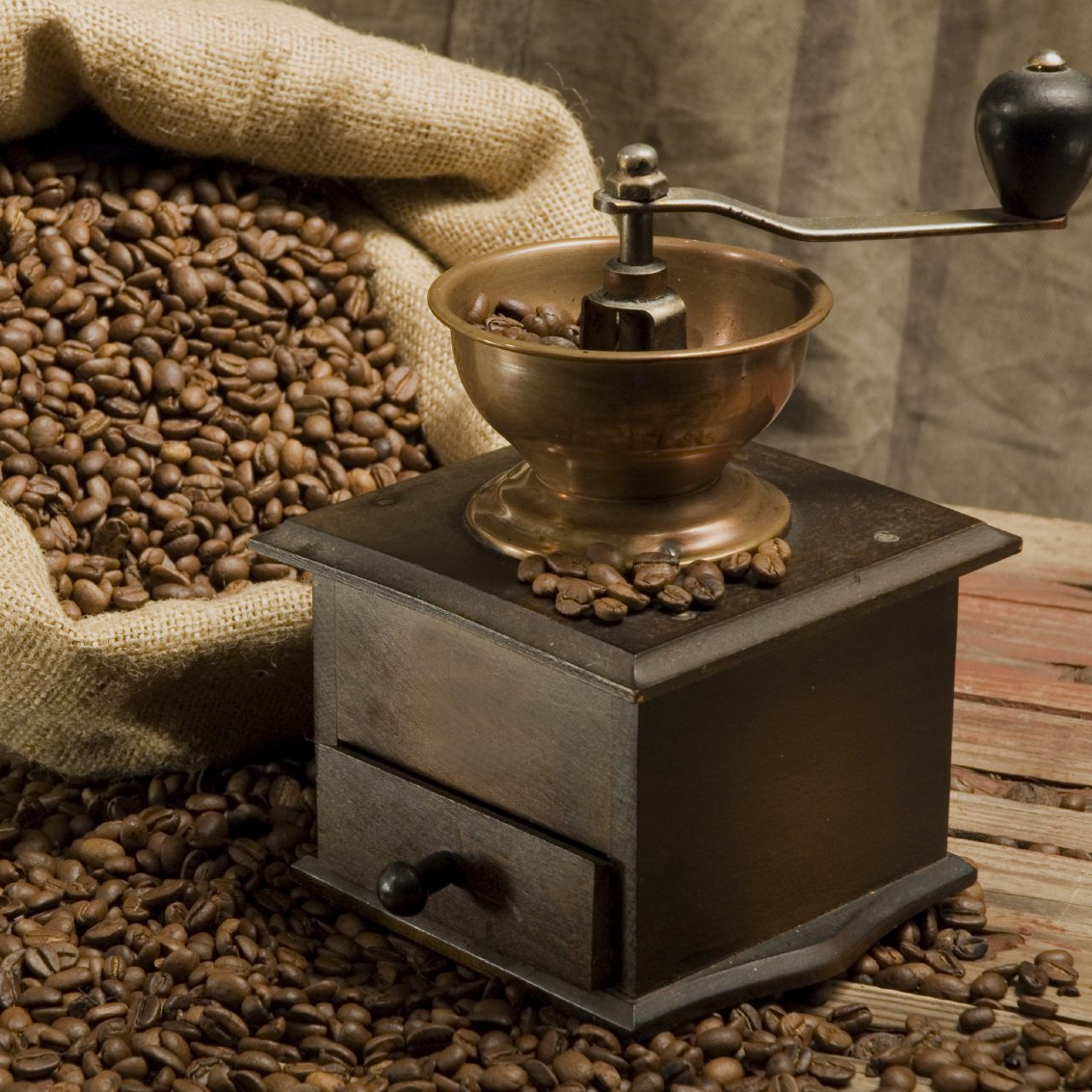The wonderful and complex aroma of fresh coffee.
Do you love fresh coffee? If so you probably have a nose for it.
Throughout our website we refer to particular “tasting notes” for specific coffee beans. These “tasting notes” are tastes that have been detected by an experienced coffee taster during the accreditation process for speciality coffee beans.
Is coffee just coffee?
Well yes the main taste or flavour is what we recognize as coffee; however each coffee blend and speciality coffee bean has its own flavour profile. A particular coffee bean’s unique flavour profile builds the complete coffee flavour for that particular drink. The range of different flavours from coffee beans is remarkable.
So how do we differentiate these flavour profiles?
How do we detect “tasting notes”? It all starts in the nose.
Here is an explanation of the relationship between taste and smell and the role they play when we enjoy the flavour of our cup of coffee.
We all appreciate the astounding olfactory prowess of dogs; their ability to detect scent or smell is legendary. Whilst a dog’s sense of smell far exceeds that of humans with 50 times the olfactory receptors and 40 times the brain capacity for olfactory processes. Humans still have a very respectable ability to differentiate scents with around 6 million olfactory receptors which researchers believe gives us the ability to differentiate a trillion odours. Our ability to detect scent combines with our sense of taste to form a unique pattern we recognize as flavour. This sense of taste (gustatory) is detected by one of 5 types of specialist taste receptor cells on the tongue (it is now thought there are more types of taste receptor)
What makes up the flavour of coffee?
All living things are made up of organic compounds; it is these organic compounds that we detect with our sense of taste and smell. An example of one combination of these organic compounds is a rose; which it is believed has 275 organic compounds that make up its scent. Our ability to differentiate scents allows us to detect individual flower scents within a bouquet.
When it comes to the flavour of our coffee drink things get a little more complex. Coffee starts its journey from farm to cup as a green coffee bean. These green coffee beans have very little of the flavour we recognize in our cup of coffee; at this stage there are around 300 organic compounds that make up the flavour of green coffee. The true flavour profile for our cup of coffee comes from the roasting process which produces coffee beans with more than 850 organic compounds in 16 categories. This is why the roast profile for each type of coffee bean is fundamental to the finished coffee bean and our enjoyment of the coffee drink. The skilled coffee roaster brings out the best combination of organic compounds from the roasting process. (These flavours are not added at any stage; they are a natural combination of organic compounds within each varietal of coffee bean.) All we have to do is drink and enjoy our cup of coffee
How do we recognize the flavour of coffee?
Once we receive our freshly roasted coffee beans either as our preferred blend or one of the varied speciality coffee bean types. The first stage in the process is opening the bag, this releases the aroma from the coffee beans and we immediately recognize key elements. The next stage is the grind which reduces the coffee beans to their optimum particle size for brewing. Next is the brewing method which is the ultimate method of extracting the organic compounds from the coffee beans. Up to this point we are still almost entirely using our sense of smell, linger here and let your senses separate and recognise these aromas. If you are drinking a speciality coffee see how many tasting notes you can identify? The final stage is the brewed coffee in the cup and here there are still more options that affect the flavour of your coffee drink. Here are just a few examples; do you drink it black or add milk, cold or steamed; cappuccino or latte style? Do you prefer soya, oat or lactose free, cold or steamed? A final factor which affects flavour is the temperature of the coffee drink. Whilst iced coffee and cold brew can add to the flavour profile, drinking a coffee that is too hot can diminish the organic compounds in the coffee and suppress the taste receptors in the mouth.
Having decided on your preferred finished drink; as the cup of coffee approaches the mouth the aroma will have changed with any of the additions mentioned above. Once the coffee drink is in the mouth, a sensation known as “mouth feel” occurs this is generally unique to the individual but is comprised of temperature, consistency, taste and aroma. In the mouth the taste buds start to add their signals to the signals from the aroma. At this point the tongue is sending taste signals to the brain and the olfactory sensors are sending aroma signals from the back of the nose to the brain. The brain interprets all these signals and defines the flavour profile for your cup of coffee. It is so accurate that it can detect multiple flavours from within one drink and it is this ability that gives rise to the “tasting notes” for each coffee
You’re amazing and your sense of smell is a super power!
With such a highly tuned ability to detect aromas and flavours your coffee has never tasted so good. As we rush between moments through the day or start our day in a hurry it is easy to grab a coffee and not consider its flavour. Taking a moment to savour your drink and enjoy the components that contribute to its flavour can reveal a range of tasting notes. These tasting notes include; vanillas, caramels, chocolates, liquorices, citric lemons, red fruits, tropical fruits and even plums and fruit cake to name a few. If your coffee doesn’t deliver any of these additional tasting notes then maybe it’s time to start exploring?
I’m off now to try a speciality coffee bean; Catuai, Caturra from Costa Rica. I’m looking forward to savouring its tasting notes of; caramel, chocolate, lemon and tropical tasting notes. I’ll let you know how it good it tastes!











